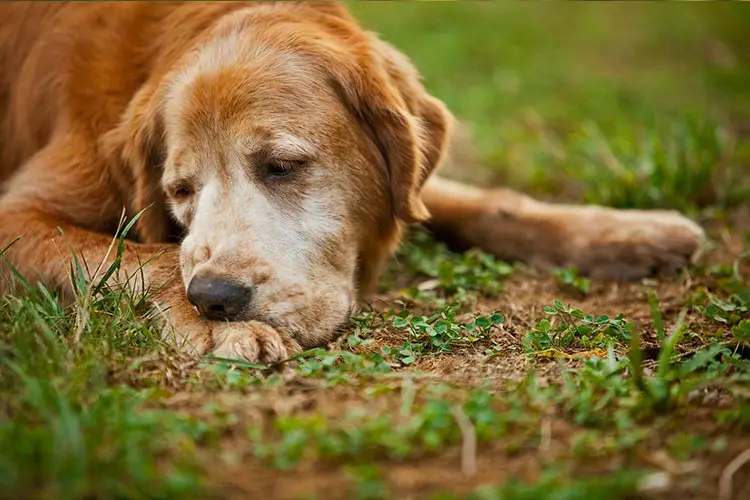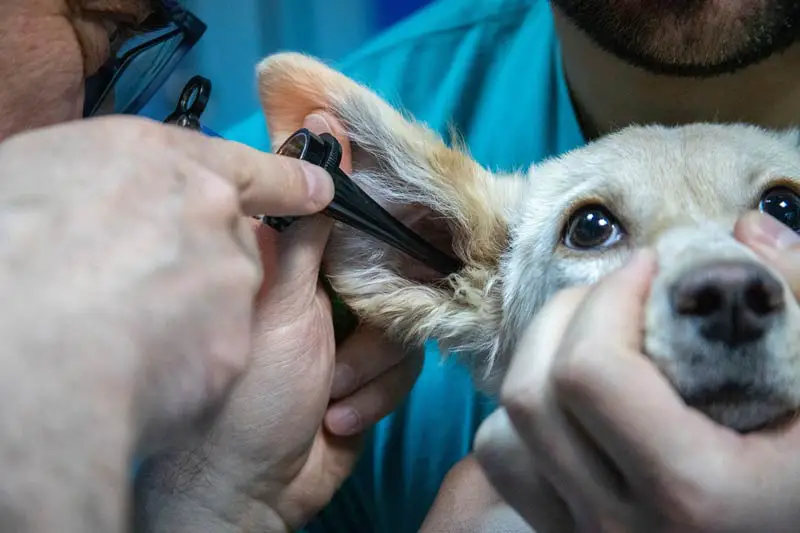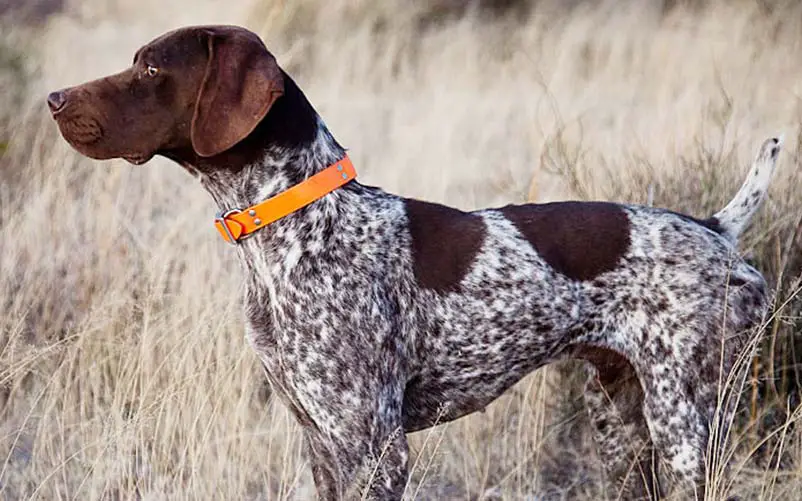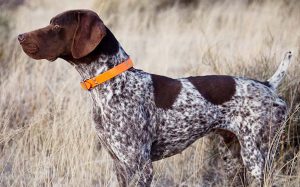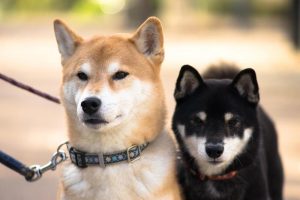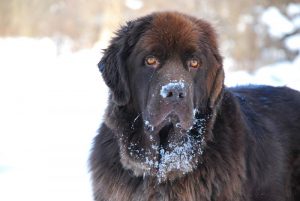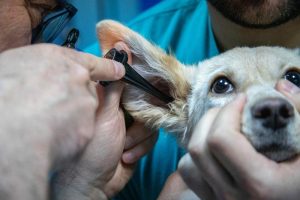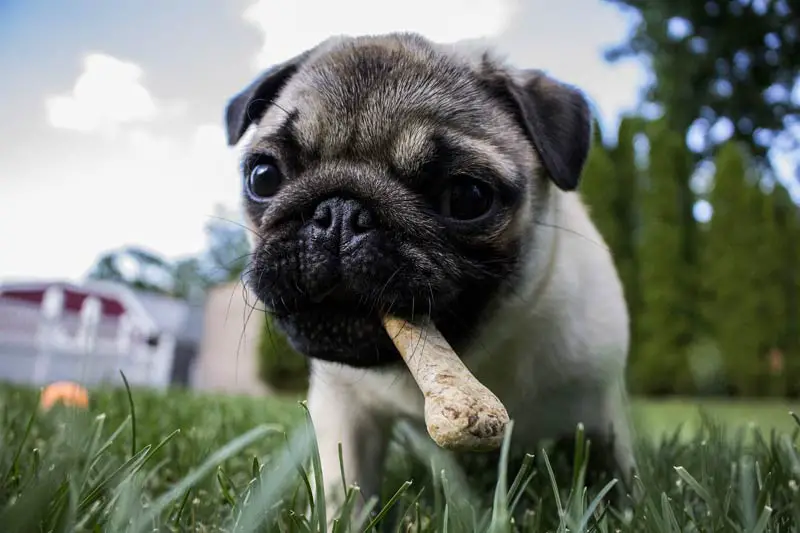
Playful, sometimes stubborn, yet charming – those are the most common attributes of the lovable pug. However, when it comes to nutrition, all pugs begin with a good puppyhood experience and should be properly fed to maintain their weight. With that said, how much should I feed my pug puppy?
Pugs are prone to a variety of health problems that can be caused by obesity, such as breathing problems (Brachycephalic Airway Obstruction Syndrome) and hip dysplasia caused by weakened joints due to added weight. Pugs are also known to have a specific type of encephalitis.
With those health concerns mentioned above, are you just going to give random food to your pug puppy? Of course not – we always want the best for our little ones! That’s why we wrote this guide for you so that you’ll know what you should feed your pug puppy, how often, and other specifics.
See also:
After all, ensuring the right nutrients and weight gets into your pug puppy’s body will help them to live a longer and happier life. A healthy adult life starts with their puppyhood journey – your task, as their owner, is to give them the best food possible and schedule it properly.
Page Contents
How much to feed a Pug puppy?
Generally, a pug puppy should eat 1/4 to 3/4 cups of food per day, divided into 3 meals. The amount may vary depending on their age in weeks or months, as well as their physical activity and whatnot. In some cases, you might even reduce the meal serving to 2 or up to 4 if needed.
Aside from the activity levels and their age bracket, pug puppies should also get food with a lot of nutrients and less unnecessary filler ingredients. If you know the type of food that your puppy eats, it should help you in formulating a good eating schedule for them.
Not minding what your pug puppy eats will only lead them to obesity and other health problems later on. As we said, pugs are prone to hip dysplasia if they gain excess weight, so you need to manage it with proper portioning of food.
Feeding Chart
So, how much should we feed a pug puppy based on their age bracket? How often should we feed them? Here is a helpful chart so that you know how to maintain your puppy’s overall nutrition:
| Age of puppy | Meals per day | Dry or kibble (cups) | Wet or canned (ounces) |
|---|---|---|---|
| 3 months and below | 4 meals | 1/4 | 3 |
| 3 to 6 months | 3 meals | 1/3 | 4 |
| 6 months to 1 year old | 2 meals | 3/4 | 9 |
| 1 year and older | 2 meals | 1/3 to 1/2 | 4 to 6 |
If you look at the chart above closely, we also have amounts of food if you will feed them wet or canned puppy food. A pug puppy will benefit from both dry kibble and wet/canned food because it balances the flavor and strengthens their teeth as well.
Keep in mind that the above-mentioned guide is only an estimate – only you and your vet can accurately tell just how much your pug puppy should eat daily. Simply have your pup weighed over at your vet’s clinic and they will give you a suggested schedule based on your puppy’s activity levels and whatnot.
Growth Chart
So, are you curious if your pug puppy is just the right weight for their age? Fortunately, we have a chart below that lists down the ideal weight depending on how many months old your puppy is. You can use this as a guide (although we still recommend talking to your vet for better results):
| Age in Month | Weight in Kilograms | Weight in Pounds |
|---|---|---|
| 1 month | 0.9-1.4 kg | 2-3 lbs. |
| 2 months | 2.7-3.6 kg | 6-8 lbs. |
| 3 months | 3-4.5 kg | 7-10 lbs. |
| 4 months | 4-5.9 kg | 9-13 lbs. |
| 5 months | 5-6.8 kg | 11-15 lbs. |
| 6 months | 5.5-7.7 kg | 12-17 lbs. |
| 8 months | 5.9-8.2 kg | 13-18 lbs. |
| 10 months | 5.9-8.6 kg | 13-19 lbs. |
| 12 months | 5.9-8.8 kg | 13-19.5 lbs. |
| 24 months | 6.1-9 kg | 13.5- 20 lbs. |
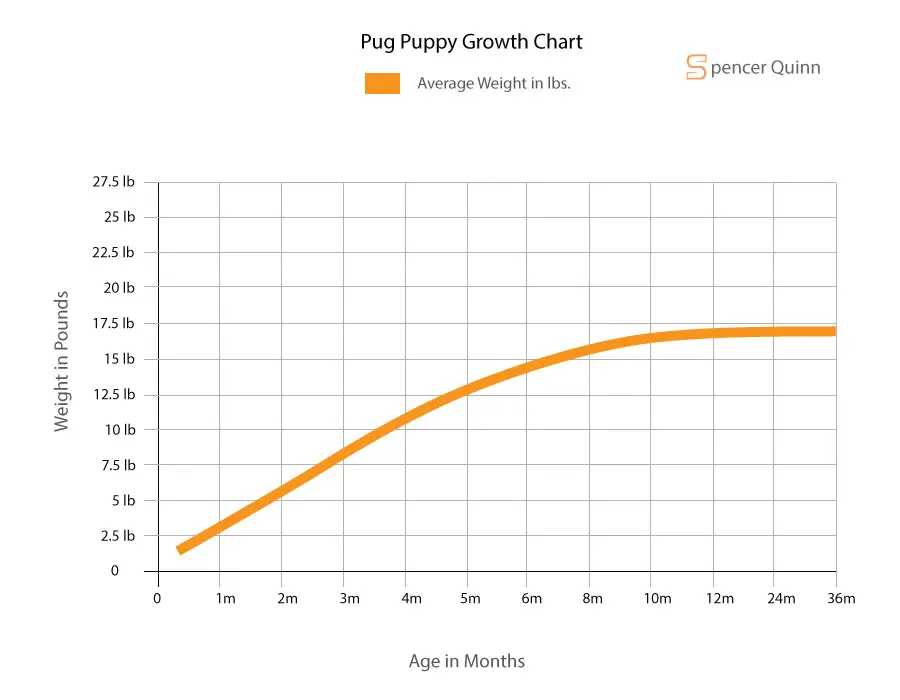
Pugs grow into adulthood once they’ve reached their 9th month but they are typically fully developed once they turn 1 year old. For a more detailed growth milestone description, check out our sections below to see how and when you should switch your pug puppy from nursing to solid food.
2 to 4 weeks old
Pug puppies start with their mother’s milk as the primary (and only) source of nutrition, since they cannot take solid food yet. If your puppy, for some reason, isn’t getting enough milk from its mother, your vet could recommend a puppy formula specifically for them.
This case or scenario usually happens if the litter is too large and the mother is not healthy enough to supply milk to all of them. It also happens when some members of the litter overpower the other, causing some puppies to be thinner. That’s when a puppy milk replacer formula comes in handy.
The third week is usually the best time to start training your puppy with solid food. Again, talk to your vet if your puppy is already capable of handling such food before you start, or you can do a taste test. You can feed your puppy with kibble or wet food, depending on your vet’s recommendation.
Most pet owners mix water and puppy food so that the pug puppy will easily digest it. Keep in mind to not let the food go bad and remove it from their cage or quarters after 20 minutes of not being eaten to avoid bacterial contamination.
During your pug puppy’s 4th week, you can continue feeding them with the mixture that you gave them the previous week. However, you should be mindful of the puppy food that you put in. Ask for advice from your vet, especially if your pug puppy experiences food allergies.
Breeders and vets generally recommend 1/2 cup a day for a pug puppy, which can either be dry or wet food. If they are still in the middle of the transition process (watered food), make sure it doesn’t go bad and isn’t exposed to the elements since watered food spoils easily.
6 weeks old
During your puppy’s sixth month, they will likely be fully weaned and their mother is no longer nursing them. However, this will vary depending on when you start feeding your puppy with solid food. The nursing amount during this period will be very minimal.
Half a cup of food is still the recommended daily amount for your pug puppy. However, you have the option to extend the number of feedings up to 4 per day. This is especially if your puppy gets hungry more often due to growth spurts.
Feel free to supplement their daily food if you see them even more active than the usual pugs. Always make their food healthy as much as possible by providing plenty amounts of protein and little to no artificial flavorings and fillers.
8 weeks old
Consider lowering the amount of food for your pug puppy’s daily diet to about 1/4 cups, which is still spread over 4 meals. This is also the time when your puppy can be re-homed or adopted. They should be fully weaned by 8 weeks of age.
If you are a breeder, make sure the new owner knows all the information regarding the pug puppy’s feeding schedule and specifics. However, if you will be the one to adopt, listen carefully so that you know what to feed your puppy.
It helps to create a checklist and written schedule so that your puppy feeds properly and with the same type of food that the breeder gave to them. If you have to switch to a different brand of food due to unavailability or other reasons, make sure to address it first and ask for a counterpart.
Be wary that food changes should be done over days. This includes doing a portion ratio of 1:3 for the new food to the old food, gradually increasing the new food after every few days. In this way, you won’t hurt your pug puppy’s stomach.
10 weeks old
During their 10th week, your pug puppy can be fed at least 1/3 cup of food a day, which should be distributed into four meals. However, if you are feeding wet food, make it 3 times a day instead, and it should be four ounces in total.
12 weeks old
At 12 weeks of age, your puppy should continue to get at least 1/3 cup of kibble or 4 ounces of canned or wet food. Again, consult our puppy chart above or talk to your vet about changes in their weight to know if they are underfed or overweight.
Generally, you just need to adjust the amount of food depending on your puppy’s activity levels. Training your pug puppy may require giving treats sometimes, but don’t overdo it! Treats should be counted in their daily calories and should be limited to avoid weight issues.
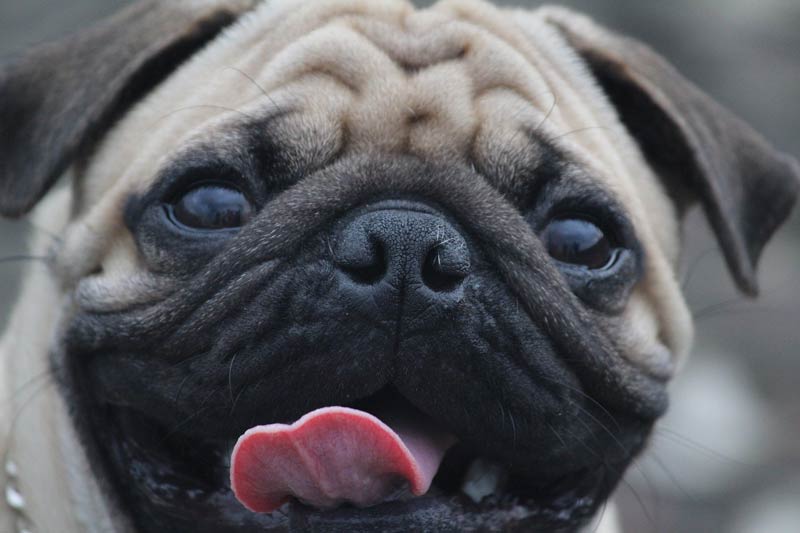
Recommended Food
Pugs generally need a combination of healthy ingredients to manage their weight. Here are some recommended food types to feed them to be healthy and strong during their puppyhood up to adulthood:
Quality kibble
When we say quality kibble, we mean the type of kibble that doesn’t depend entirely on fillers, such as corn and wheat (more on that later). Dry food or kibble is typically the best choice for pug owners who live in a place near the shorelines where food can go bad quickly.
Kibble is also a great choice for maintaining your pug puppy’s dental health. If you have kibble that is rich in omega fatty acids, it will help your coat and skin to stay healthy, as well as to maintain a healthy tummy and keep them away from most canine illnesses.
Protein-rich wet food
If you want to feed your pug puppy wet or canned food, make sure it has fewer preservatives and more nutrients and protein. “Chicken as the first ingredient” is a good indicator of quality wet food for your pug puppy.
Keep in mind that wet food alone could make your pug puppy gain more weight, so we think it’s best to combine it with kibble and other types of food. Wet or canned food is also better for puppies that need hydration.
Carrots and similar vegetables
Pug puppies work best with carrots not just because of their vitamin A content but also their crunchiness. Anything crunchy will help in developing a dog’s dental health.
Glucosamine-rich foods
Look for glucosamine foods such as those with fish and chicken, as well as seafood. Pug puppies can be prone to joint problems if not taken care of concerning their diet. Glucosamine and chondroitin can help fight the onset of hip dysplasia.
Foods to Avoid
Various foods are not good for your pug puppy’s health. Let’s look at some of them so that you can avoid putting them in your puppy’s dinner or lunch bowl:
Grapes and cherries
These are not good for your puppy because they were a choking hazard and also their toxicity, much like how chocolate isn’t meant for dogs. Aside from that, they have pits that could affect your puppy’s intestines and throat due to splinters.
Other toxic human foods for dogs
Aside from chocolate, human foods that aren’t meant for a pug (and other canines) include avocadoes, raw potatoes, mushrooms, and tomatoes, especially the green variety. Never give them to your pug puppy because they contain chemicals that aren’t suitable for your dog.
Likewise, alcohol shouldn’t be in dog food, either. Like chocolate, caffeine is also not suitable for canines due to its toxicity to their digestive system.
Filler-rich dog food
Fillers shouldn’t go into your pug puppy’s diet due to their lack of nutritional value. They will only cause your pug pup to become obese if they take too much of it. Instead, stick to whole meat and protein sources.
Foods with too much fat
This includes fats that come from various meat sources. Make sure that your pug doesn’t take too much fat because it could make them unhealthy when they gain too much weight.
FAQs on Feeding a Pug Puppy
Do you need help with feeding your pug puppy? Let’s take a look at some more fast facts on how to properly give the right nutrition for your little one:
When should I transition my pug puppy to adult food?
A pug puppy is considered an adult when they are around 9 months old, so it’s best to switch during this time. Keep in mind that their growth spurt slows down when they mature so it’s best to lessen their daily calorie intake by this time.
The process of switching from puppy food for your pug to adult food shouldn’t be done overnight. Instead, do it in weeks or so. Build up their daily dish with a 1:3 ratio of adult and puppy food. Gradually decrease the old puppy food while increasing the adult food, until only the adult food is left.
You might ask: why should I do the transition slowly? Pugs are known to have sensitive stomachs so it’s best to take it slow when feeding them new food. Their tummies might get shocked if you feed them with a different kind of food right away, so get them used to a little bit of the new food first.
What should I do if my pug puppy refused to eat?
A possible problem with your pug pup could be a toothache or something related to their dental health. Have them check with their vet to see if they have something wrong with their teeth or gums.
Aside from that, if they have recently moved from one home to another, they could also feel stressed and overwhelmed if they are in a new environment. This causes them to not eat at all or only eat a few bites of the food.
Moreover, getting vaccinated could also be a possible cause of the loss of appetite. However, if all of those reasons have been ruled out, it’s time to take your pug puppy to the vet for a check-up.
Raw feeding a Pug puppy
Raw food is okay to be fed to your pug puppy. However, it must be done with care because too much or too little amount of certain foods will lead to a lack of nutrients that they need. For example, you might give too much protein but not much calcium and other vitamins to your puppy.
Another possible challenge with raw food is the time for preparation. If you are a very busy person, raw feeding might not be your forte since it requires shopping for the right ingredients and calculating the correct amount of food nutrients for your puppy.
Conclusion
As a whole, pug puppies should be fed with care, especially with watching their calorie intake and meal portions. You don’t want a pug puppy to gain excessive weight because it will take its toll on their overall health – specifically their joints. We hope this guide helped you in feeding your pug puppy properly!

